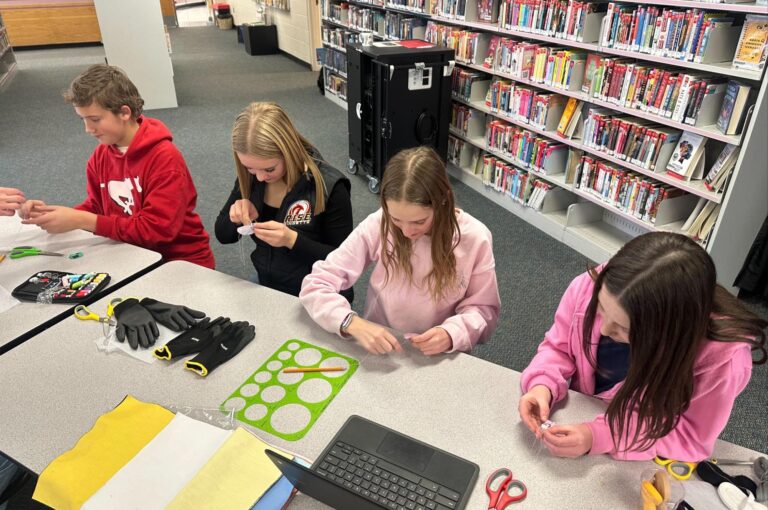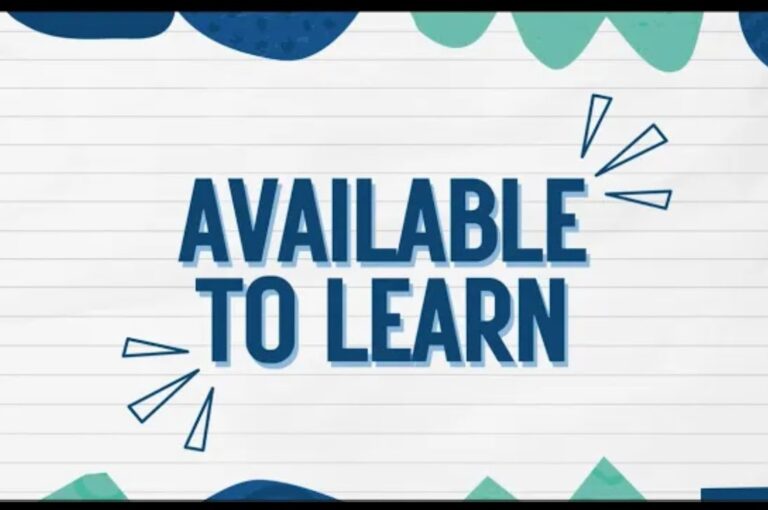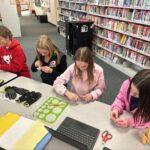Learning online requires self direction, motivation and engagement on the part of your students. Learning is enhanced when the physical space is organized, and when routines are established to foster learning. Even when the environment is ideal and conducive for learning, student’s can struggle to participate and fully engage in learning online. This is particularly true for younger students who have not yet acquired self regulation that develops over time. To ensure optimal learning, younger students require the support and oversight of an adult/caregiver in the home.
During the learning at home experience in the spring 2020, teachers gained insights into what works to engage students. Researchers have also examined what is most effective in engaging students in on-line learning.
The following are lessons learned:
- Give students choice in what they do and how to show what they know.
- Engage students by mixing content delivery (video, text, audio and presentations)
- Co-construct expectations for what student learning looks like on-line. For example, ask students to keep their camera’s on during zoom meetings. Provide a clear picture of your expectations in all areas including what is expected for discussion posts etc.
- Provide a mix of large group, small group and individual zoom meets to your students.
- Interact with your students as they work by dropping into a chat room and make the learning journey together.
- Use strategies designed to engage students in active learning online. For example, fishbowl on line, sort it out, Padlet, Flipgrid
- Ensure that lessons are broken into segments (10-15 minutes for older students). Provide a clear focus.
- Teach in small chunks interspersed with silent activities and group work, conversation and interaction.
- Record live instruction for students to rewatch later.
- Summarize key points and ask students to summarize ideas they learned.
- Frequently engage students in discussion and encourage them to ask question to keep students engaged. You will likely need to structure and plan for this.
- Teach students how to ask thoughtful and powerful questions.
- Provide time to practice and apply what is learned
- Provide immediate feedback and ensure that the feedback is actionable. This assumes that students have opportunity to meet with their teacher over zoom in small groups or one-on-one. It helps when the teacher has way to gauge student understanding through conversation or illustration.
- When possible provide examples of expected work.
- Ensure that students know the learning target. Set clear and easy to understand criteria for success so the student knows what they are aiming for in the task or learning.
- Encourage student to student interactions and provide as much structure to this as possible. Student’s interest and motivation increases as they experience success with learning.
- When possible work to help your students feel connected to each other and build a sense of community in the classroom.







